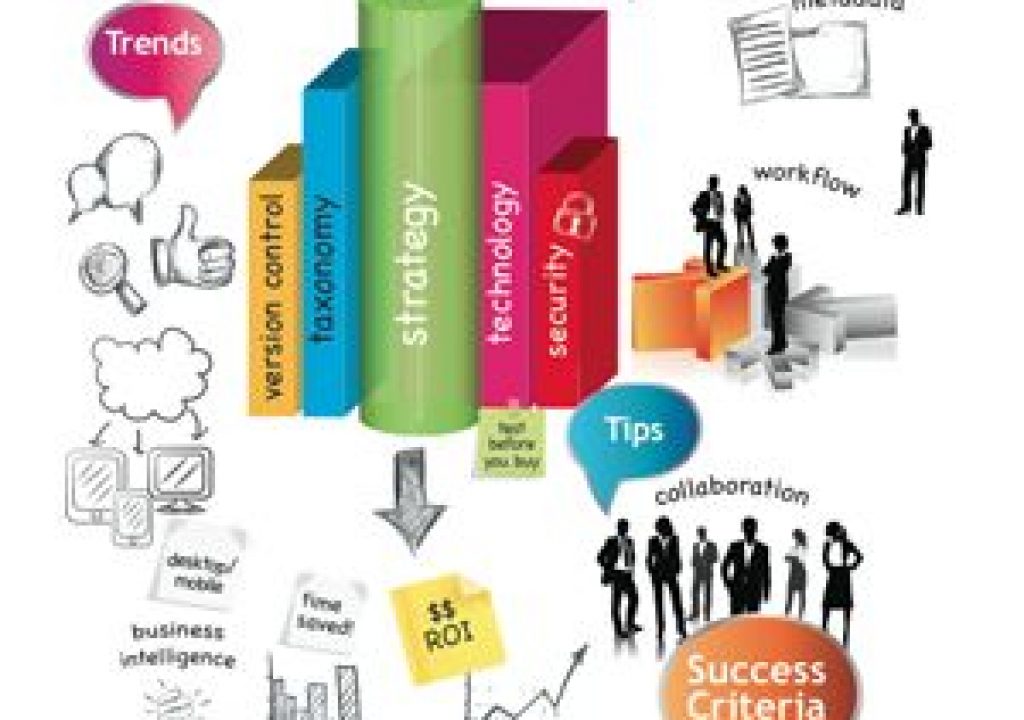Much has been written, discussed, presented, and illustrated to summarise Digital Asset Management (DAM) and its impact in a world exploding with content. But it never does any harm to remind oneself of the key criteria for success, tips to follow on the journey, and pitfalls to avoid. And just where is DAM heading? What trends should you look out for?
In a series of 4 small extracts Nigel Cliffe helps guide your DAM strategy plans.
No.2 # Tips
- Increased collaboration & ROI
- Avoid project creep
- Plan for scalability
- Test before you buy
Whether you are at the beginning of the journey to adopt DAM or a well-healed user, it is a worthwhile task to revisit the viewpoint of the user. What do I want from this DAM system at a really simplistic level? Who do I interact with when passing the life of an asset from one department to another? What file formats do I require to perform my job function? Piecing together this roadmap draws out unexpected requirements, links in the chain, and improved opportunities for increased collaboration and return on investment.
DAM tends to make its way to the creative and marketing process applications, but once in place it becomes apparent how many other departments can benefit from access to content if the correct tags and metadata are applied. Be creative. How can HR and research, for example, benefit from DAM? Not only does it create new opportunities for a return, but it widens the scope of engagement. It begins to create the process of knowledge management within an organization and flattens the often inherent hierarchical structure of knowledge.
ROI
DAM deployment can have operational and financial project creep. You don’t know what you don’t know. This really is a broad brush comment, but budget for twice the value of the technology purchase and you will at least have a head-start. Costs of deployment, both internal and external, can continue randomly and contractually for a long time to come. Be aware of the difference between software modification and customization. Make sure on-going costs of deployment are fully mapped out. No one wants surprises on the cash front.
It is also encouraging to have early wins – easily demonstrable financial gains from a simple process improvement through a DAM strategy. Having those in the bag’ provides early project encouragement.
Equally, plan for scalability of the solution. We are experiencing exponential growth in the creation and use of assets, so the capacity for storage now will have no bearing for what you will require in the future. There should be no glass ceiling for expansion.
If you are in position of appointing a vendor, be it for the first time or the third time, after the evaluation process has been narrowed down, ensure a real-time bake-off takes place between the final short-list of likely suitors. Quite simply, test before you buy. Ensure this is done with your assets, inside your workflow, with real users. All too often what is promised is not fully delivered. This may not, in truth, be anyone’s fault. Terminology, clarity of understanding, and detailed user requirements all serve to make it possible to genuinely create a misunderstanding which is far more difficult to manage after the contract is signed than before. Sometimes something as simple as a different or restricted browser can be a problem. It also allows you to get inside the culture of the customer support service of the vendor. Some companies are simply easier to do business with than others and personal relationships can be the difference between make or break of a successful project.
While on the subject of vendors, a key question should be asked. How mission critical will the DAM become to other operations? Downtime occurs on all technology platforms although hopefully rarely. The support infrastructure and the time taken to get the enterprise back up and running may not be critical to a few hours, or even a day. But if your business relies on it to function, the appropriate service support contract has to be in place. This may impact critically on your choice of vendor and their location.
Be aware of what standards exist in the sector and which are applicable to you. There is not one default standard in the DAM industry, so research what will be most suitable for you to adopt. Equally, if your enterprise works globally, be aware of any international legal compliancy issues that might affect your DAM solution and its deployment.
The full article can be found at http://damroadmap.com/

